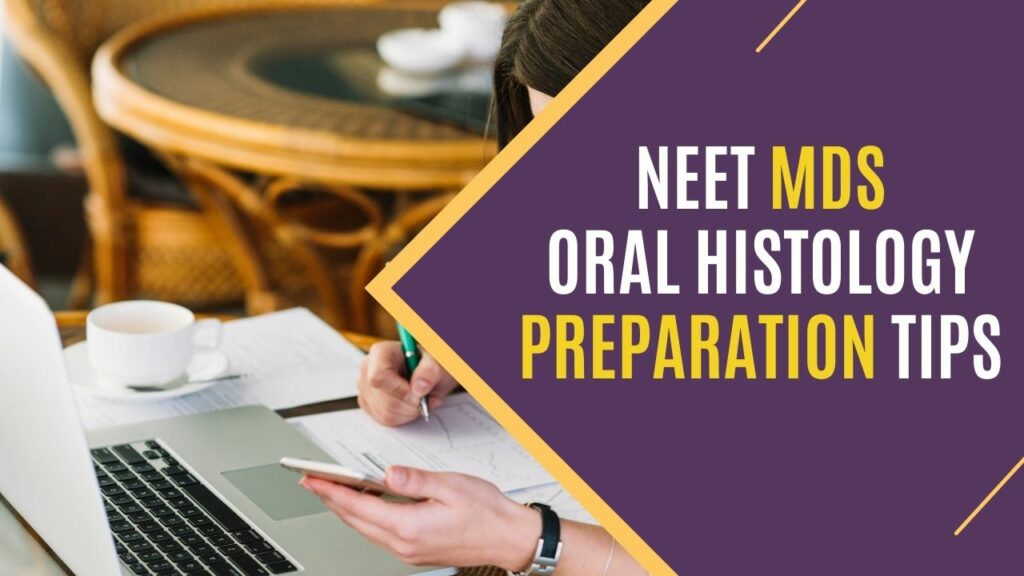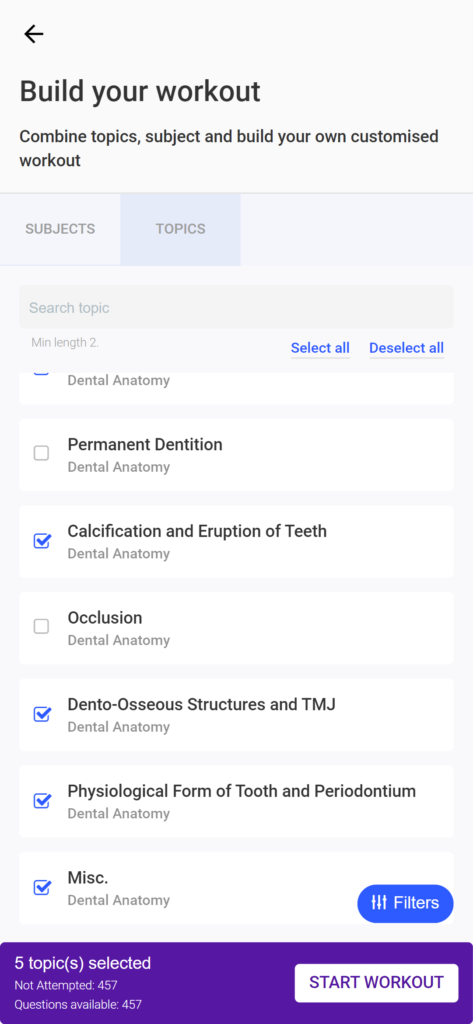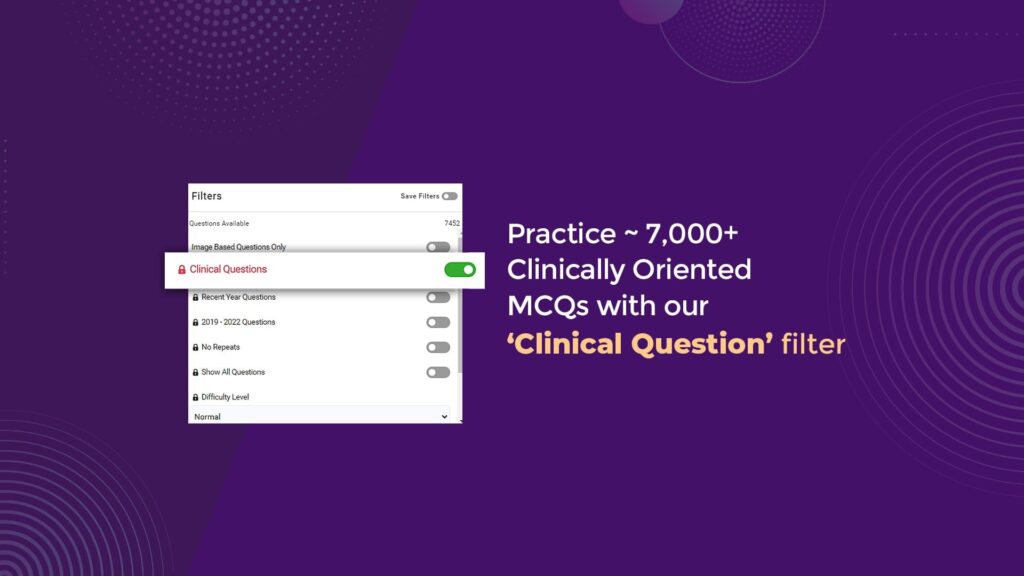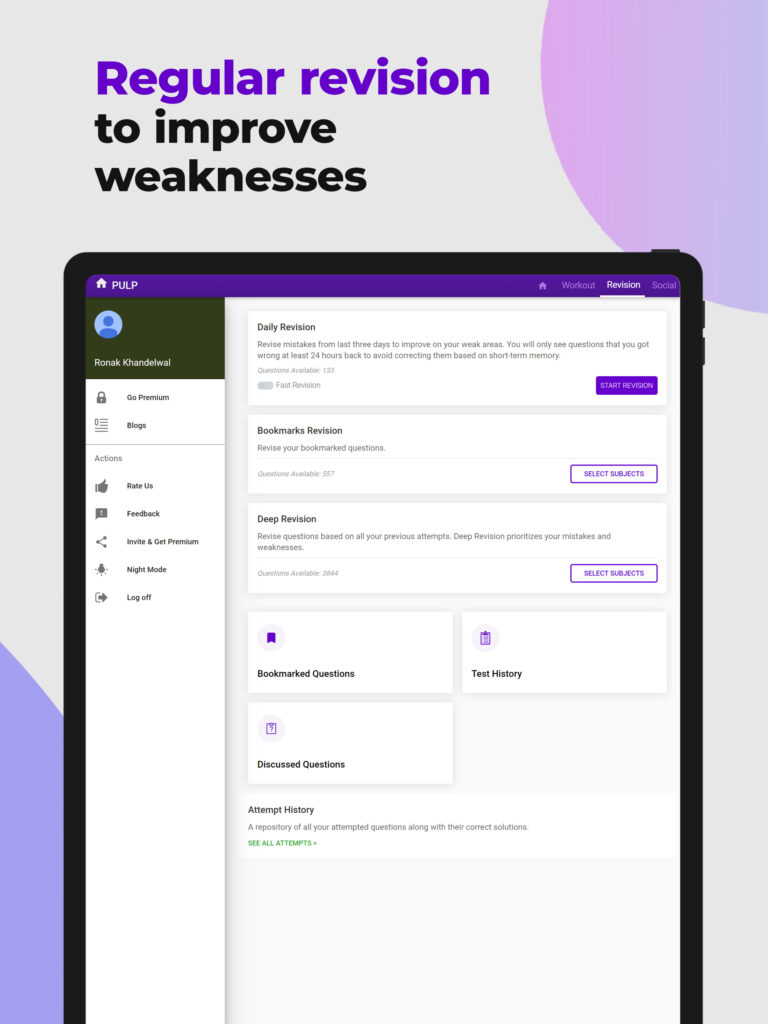NEET MDS Preparation Tips – How to Ace Oral Histology?

Oral histology forms the foundation upon which dental students can build their expertise in specialized areas of dentistry. Thus, a strong grasp of the subject is essential for success in the NEET MDS exam as well as a career in dentistry. It helps aspiring dental PG aspirants explore the tiny details of oral tissues, their structures, and their functions. It also addresses tooth infections, diagnoses mouth, and jaw disorders, and enables effective treatment planning for various dental conditions.
In this blog, we are sharing a few effective strategies and tips to gain mastery of the subject.
1. Become a pro at dental anatomy terminology
Mastering dental anatomy vocabulary is a key aspect of excelling in oral histology. Familiarize yourself with terminologies such as incisal edge, cusp, occlusal surface, gingival margin, and interproximal space. Understanding them will help you accurately describe the location, shape, and relationship of different oral structures. After going through each chapter, solve the MCQs from PULP’s dental histology section, this will enable you to get a better grasp on the critical terms and understand the subject better.

2. Master enamel microstructure
Enamel, the outermost layer of the tooth, plays a vital role in protecting the underlying structures and ensuring functional integrity. Knowledge of the enamel microstructure allows NEET MDS aspirants to comprehend its unique properties, diagnose enamel-related conditions, and make informed decisions regarding preventive and restorative strategies. Being aware of the process of enamel formation, and development stages will aid you in answering enamel-related questions easily in addition to providing optimal dental care to patients.
3. Improve knowledge with mock tests and past question papers
Solving mock tests and previous year’s question papers is an effective strategy to enhance understanding and performance in oral histology. These practice exercises provide an opportunity to apply theoretical knowledge to practical scenarios.

By tackling more relevant questions, entrants can improve their ability to diagnose oral conditions, identify histological features, and interpret microscopic findings. So, build competence in the dental histology chapters by creating a customized mock test with the build your workout feature on our app. After the test, analyze your answers and refer to PrepDNA to see the oral histology topics into which you need to put more effort. Also, practice maximum PYQs and observe from which topics and sub-topics most questions are being asked each year. That would give you a good idea of high-yield topics of the subject as well.

4. Visualize and practice oral histological techniques
Certain techniques like staining, microscopy, and slide interpretation are essential in oral histology. Visualize the steps involved in these methods and practice them in a laboratory setting if possible. This practical experience will enable you to accurately identify and interpret the microscopic features of oral tissues. Get acquainted with different staining methods and their specific applications as they will equip you with the necessary abilities to uncover hidden details within oral tissues. To test these learnings, you can practice with 7000+ clinically oriented questions of PULP.

5. Focus on histopathology
Mastering histopathology in NEET MDS greatly benefits dental students. It is done by examining abnormal tissues at a microscopic level. It enables accurate diagnosis of oral diseases, such as oral cancer and gum diseases and thereby strengthening your concepts for oral histology. This even helps dental PG aspirants make informed treatment decisions and provide the right care to their patients. Needless to say, a solid understanding of histopathology is crucial for success in the NEET MDS.
6. Emphasize clinical correlations
Recognizing clinical relevance involves understanding how the microscopic details of oral tissues connect to real-life patient conditions and treatment decisions. This enables accurate diagnoses and effective treatment planning. But you may not understand the concepts and other important details by going through them just once. Hence, to remember the clinical implications of histological changes in oral tissues, keep doing revisions at regular intervals.
This will help to improve your ability to interpret clinical data and make informed decisions. Once-twice a week, clear the revision buckets on PULP as attempting the question that you got wrong before will aid to develop a better and holistic understanding of oral histology and its practical applications in dental practice.

You can start the journey of becoming a pro in oral histology from the 1st year of BDS. As you’re introduced to the fundamental concepts, start using these blog tips and other innovative ways to remember the concepts, terminologies, etc. You can maintain a sketchbook to sketch different structures and tissues, with colorful markers or pencils. Create puzzles, bingo games, play quizzes to reinforce the key elements of the subject, or simply practice questions with friends in a simulated environment. You can create a test on PULP’s study circle, set the no of questions and time limit, and see who can solve the maximum number of questions within the allocated time. These clever ways will increase your proficiency in the subject and allow you to successfully clear the NEET MDS.